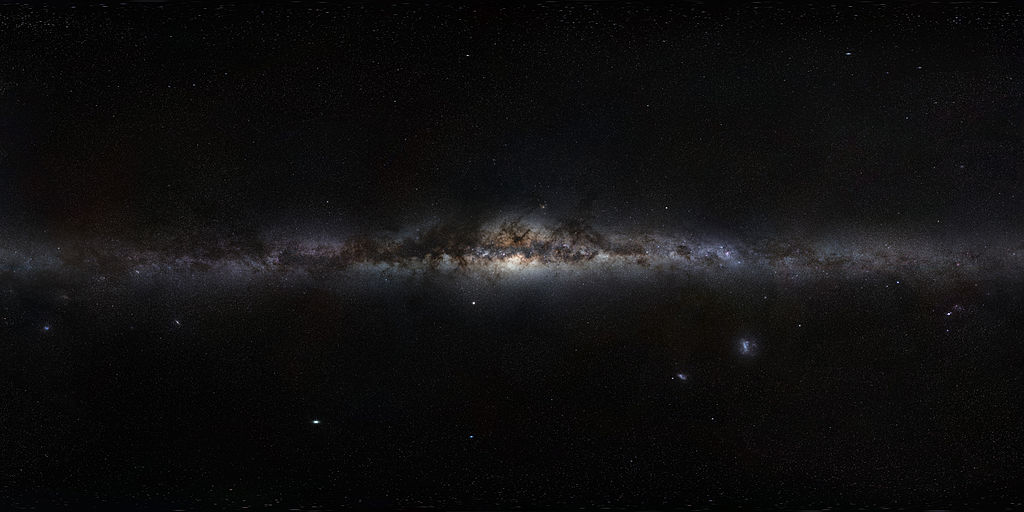
A couple of months ago, while plotting a map of ancient, dead stars in our galaxy, scientists were amazed to find that an enormous expanse of previously undiscovered dead stars lay in a vast, dark shroud around our visible Milky Way galaxy – an entity now being called the Galactic Underworld.
When stars more than eight times the size of our sun die, this triggers a reaction that causes the outer edges of the star to blow apart in a supernova explosion. Meanwhile, the core of the star keeps compressing in on itself, until it turns into either a black hole or a neutron star.
In a neutron star, the core is so dense that protons and electrons are forced to combine to form neutrons, the resulting mass being so compressed that a star which was previously eight times the size of our sun now becomes smaller than a city. The density of this core becomes so powerful that not even light can escape; a gravitational pull is created that warps the space, time and matter around it.
Although billions of such dead stars probably exist since the younger days of our galaxy, they have been very hard to find, as the force of the supernova created when the stars die flings their corpses out of the reach of astronomers – until now.
As Sydney Institute for Astronomy’s Professor Peter Tuthill explains,
“One of the problems for finding these ancient objects is that, until now, we had no idea where to look… The oldest neutron stars and black holes were created when the galaxy was younger and shaped differently, and then subjected to complex changes spanning billions of years. It has been a major task to model all of this to find them."
The new map of the graveyard of stars reveals a necropolis three times the size of the Milky Way. Scientists expected this map to look like a ghostlier version of the visible Milky Way, but what they saw was vastly different: the signature spirals of the Milky Way vanished in the underworld, faded away after billions of years of decay. Moreover, the underworld appeared ‘puffier’ than our visible galaxy, likely on account of the kinetic energy produced by the supernova.
All in all, this discovery shows us just how much we are yet to find in the mysterious expanse of our universe.
Works Cited
University of Sydney. "Milky Way's graveyard of dead stars found: New study creates a map of our galaxy's ancient dead stars." ScienceDaily. ScienceDaily, 29 September 2022. < www.sciencedaily.com/releases/2022/09/220929132325.htm > as seen on October 3rd, 2022.
David Sweeney, Peter Tuthill, Sanjib Sharma, Ryosuke Hirai, The Galactic underworld: the spatial distribution of compact remnants, Monthly Notices of the Royal Astronomical Society, Volume 516, Issue 4, November 2022, Pages 4971–4979, < https://doi.org/10.1093/mnras/stac2092 > as seen on October 3rd, 2022.
Nelson, Layla. “Scientists find massive Milky Way graveyard in ‘galactic underworld’” Canada Today. September 30th, 2022. Web. < https://canadatoday.news/ca/scientists-find-massive-milky-way-graveyard-in-galactic-underworld-91889/ > as seen on October 3rd, 2022.

Got to learn something new. Thanks.
Do you have any recommendations on books about space?